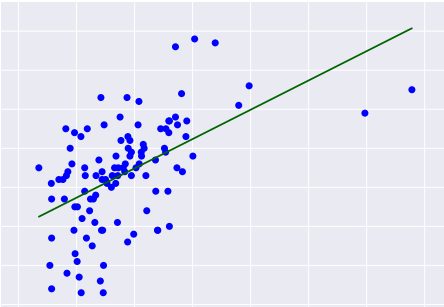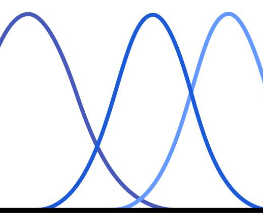Neural network models have transformed the landscape of data-driven tasks across numerous fields, from healthcare to autonomous driving. These models, inspired by the workings of the human brain, consist of interconnected layers of neurons that process input data to yield specific outputs. This article aims to provide a comprehensive overview of neural network models, their practical applications, and how they are implemented using coding.
Neural network models are a type of machine learning algorithm specifically designed to recognize patterns in a manner similar to the human brain. These models are structured in layers comprising an input layer, one or more hidden layers, and an output layer. Each layer contains neurons, or nodes, that process inputs and generate corresponding outputs.
Structure of Neural Networks:
- Input Layer: Receives raw input data and passes it to the hidden layers.
- Hidden Layer(s): Perform complex transformations and computations to process the data.
- Output Layer: Provides the final prediction or classification based on the processed inputs.
During the training process, the weights connecting the neurons are adjusted to minimize errors in predictions, enhancing the network's accuracy.
Key Applications
Neural networks are highly versatile and find applications in a multitude of domains:- Image and Speech Recognition: Capable of identifying objects within images and transcribing spoken words into text, neural networks are pivotal in advancing technologies like facial recognition and virtual assistants.
- Natural Language Processing (NLP): Used extensively in chatbots, sentiment analysis, and translation services, these models help machines understand and generate human language.
- Healthcare: Assist in diagnosing diseases by analyzing medical images and patient data, improving the speed and accuracy of medical assessments.
- Finance: Provide critical analysis such as predicting stock market trends and evaluating credit scores, aiding in strategic financial decision-making.
Implementing Neural Networks: A Python Code Example
To illustrate how neural networks can be implemented, consider a simple example using Python's Keras library, which operates as a high-level API for building neural network models with TensorFlow as the backend.
import numpy as np
from keras.models import Sequential
from keras.layers import Dense
# Generating dummy data
data = np.random.random((1000, 10))
labels = np.random.randint(2, size=(1000, 1))
# Defining the model
model = Sequential()
model.add(Dense(32, activation='relu', input_dim=10))
model.add(Dense(1, activation='sigmoid'))
# Compiling the model
model.compile(optimizer='adam', loss='binary_crossentropy', metrics=['accuracy'])
# Training the model
model.fit(data, labels, epochs=10, batch_size=32)
Explanation of the Code:
- Data Generation: Random data is generated to simulate inputs and outputs for the neural network.
- Model Definition: A sequential model is constructed with one input layer, a hidden layer of 32 neurons utilizing a ReLU activation function, and an output layer with a sigmoid activation function.
- Model Compilation and Training: The neural network is compiled with an optimizer and a loss function to prepare it for training on the dummy data.
The adaptability and strength of neural networks lie in their ability to learn and discern patterns from extensive datasets, making them indispensable for tasks necessitating high-level abstraction and pattern recognition. Neural network models not only employ a fascinating conceptual framework but are also extremely helpful across several industries. Whether you are a novice or an experienced professional in data science, understanding and leveraging the power of neural networks is likely to unlock new opportunities and innovations in your field.






